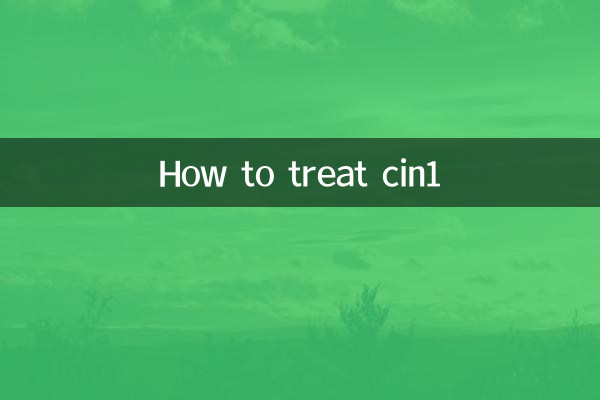Title: How to treat CIN1
Introduction
Cervical intraepithelial neoplasia (CIN) is a common type of cervical precancerous lesion, among which CIN1 is a mild lesion. In recent years, with the improvement of health awareness, the treatment and follow-up of CIN1 have become a hot topic of concern to women. This article will combine the popular discussions on the Internet in the past 10 days to conduct a structured analysis of the treatment methods, precautions and latest developments of CIN1.

1. Overview of CIN1
CIN1 is a mild abnormal proliferation of cervical epithelial cells that is usually associated with high-risk HPV infection. Most cases resolve spontaneously, but regular follow-up is required to avoid progression.
| CIN classification | Degree of disease | cancer risk |
|---|---|---|
| CIN1 | mild abnormality | Low (about 10%) |
| CIN2 | Moderately abnormal | Medium (about 20%) |
| CIN3 | severe abnormality | High (about 30%) |
2. Treatment methods for CIN1
According to recent medical guidelines and hot online discussions, the treatment of CIN1 mainly includes the following three methods:
| Treatment | Applicable situations | Advantages and Disadvantages |
|---|---|---|
| Follow-up observation | Normal immune function and no high-risk factors | No trauma, but requires long-term review |
| Physical therapy (such as laser, cryotherapy) | Ongoing infection or patient anxiety | Minimally invasive, may require multiple operations |
| Drug treatment (interferon, traditional Chinese medicine) | Assist in clearing HPV | Effects vary from person to person |
3. Recent hot topics of discussion
1.The preventive effect of HPV vaccine: It has been reported from many places that vaccination with HPV vaccine can reduce the incidence of CIN1.
2.TCM conditioning plan: Some patients shared successful cases of combining traditional Chinese medicine with life adjustment.
3.Need for psychological intervention: Young patient groups call for strengthening psychological counseling during diagnosis and treatment.
4. Precautions
1. Regular review (TCT+HPV test every 6-12 months).
2. Enhance immunity: eat a balanced diet and exercise regularly.
3. Avoid high-risk behaviors such as smoking.
Conclusion
The treatment of CIN1 needs to be selected individually, combining the doctor's recommendations and your own situation. Most patients can recover on their own through follow-up without excessive treatment. Maintaining scientific awareness and a positive attitude are key.
Note: The data in this article comes from the hot content on medical platforms and social media in the past 10 days. It is for reference only. Please follow your doctor’s advice for specific diagnosis and treatment.

check the details

check the details